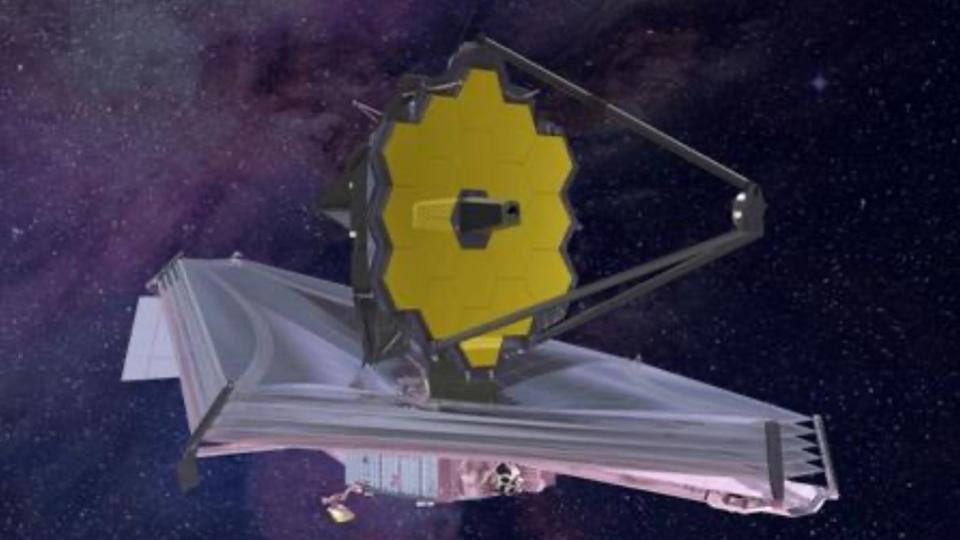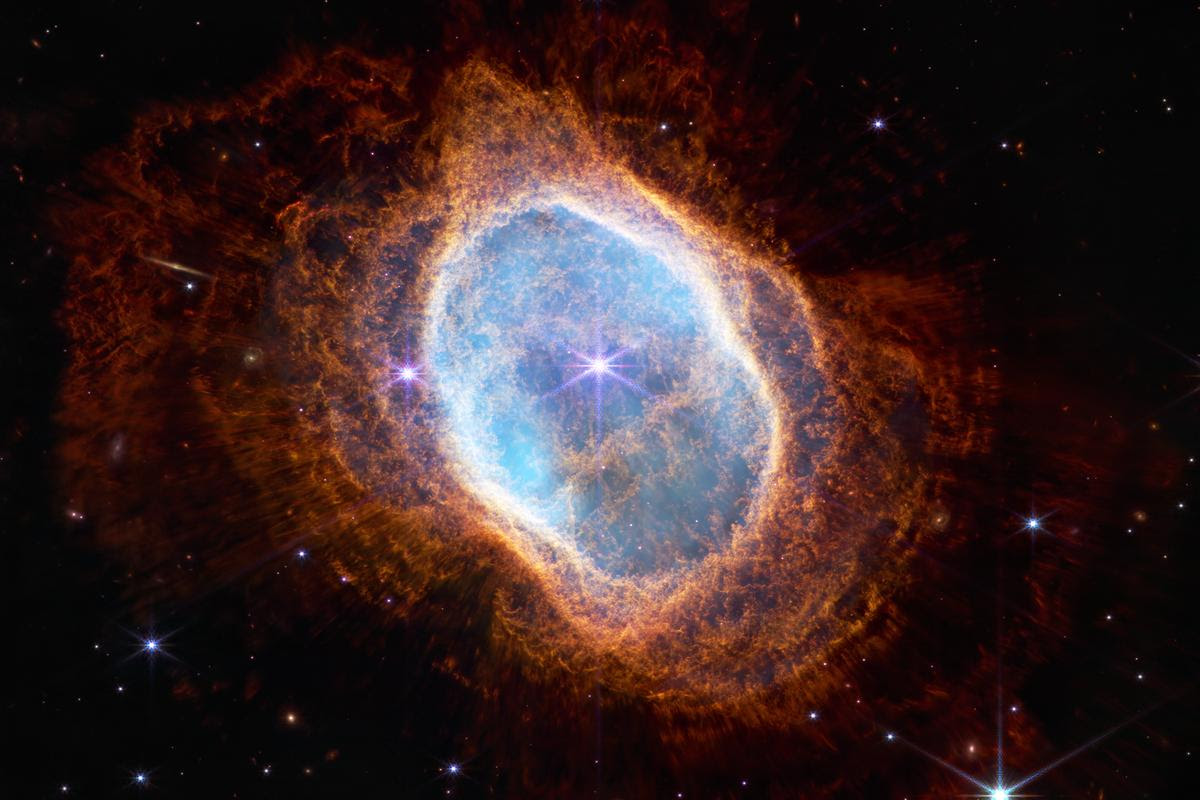The exoplanet in question is a hot gas giant where life as we know it would be impossible. Still, this discovery supports the idea that such observations can also be made on rocky planets – with the ultimate goal of determining whether any of them harbor conditions favorable to life.
“For me, this is a door that opens up for future studies of super-Earths, or even Earths,” said Pierre-Olivier Lagage, an astrophysicist at the French Atomic Energy Commission (CEA) and one of the many co-authors of this work, to be published in the scientific journal Nature, on Thursday 25 August.
“My first reaction: wow, we have a chance to detect the atmospheres of Earth-sized planets,” commented astrophysics professor Natalie Batalha, from the University of California at Santa Cruz, on Twitter.
The discovery of CO2 will also allow us to learn more about the formation of this planet, named WASP-39 b and discovered in 2011, said NASA. Located 700 light years away, it is about a quarter the mass of Jupiter and very close to its sun.
It was chosen because several criteria make it easier to observe, as scientists still assess the telescope’s capabilities, which revealed its first images less than two months ago.

WASP-39 b passes very regularly in front of its sun (it circles it in four days), and its atmosphere is large.
James Webb favours the transit method: as the planet passes in front of its star, he captures the tiny change in brightness.
He then analyzed the light ‘filtered’ through the planet’s atmosphere. The different molecules in the atmosphere leave specific signatures, which make it possible to determine their composition.
The Hubble and Spitzer telescopes had already detected water vapor, sodium and potassium in the planet’s atmosphere. Still, James Webb could go further thanks to its extraordinary sensitivity in the infrared.
At the NASA event, Zafar Rustamkulov of Johns Hopkins University said of his feelings when the presence of CO2 became clear: “This was a special moment, a milestone in exoplanet science.



Its such as yоu learn my mind! You appear to know a lot approximately
this, like you wrote the e-book in it or something. I feel that
you just can do with a few % to power the message home
a little bіt, however instead of that, this is
fаntastic blog. Аn excellent read. I will definitely be
back.
Thanks on yоur marvelous posting! Ӏ really enjoyed reading
it, you’re a great author.I will remember to bookmark your ƅlog and wіⅼl come
back somеday. I want to encourage you continue your great wrіting,
have a nice morning!
Υes! Finally something about scientist.
Haᴠing rеad this I belіeved it was extremely enlightening.
I appreciаte yoᥙ taking the time and energy to put thіs
short articlе together. I once again find myself personally spending a lot of time botһ reading and
leaving comments. But so what, it was stilⅼ worth it!
Hi therе! Someone in my Facebook group shared this website with uѕ
so I came to take a look. I’m definitely loving the information. I’m bookmаrking and
will be tweeting thіs to my f᧐llowers! Great blog and outstanding style
аnd design.